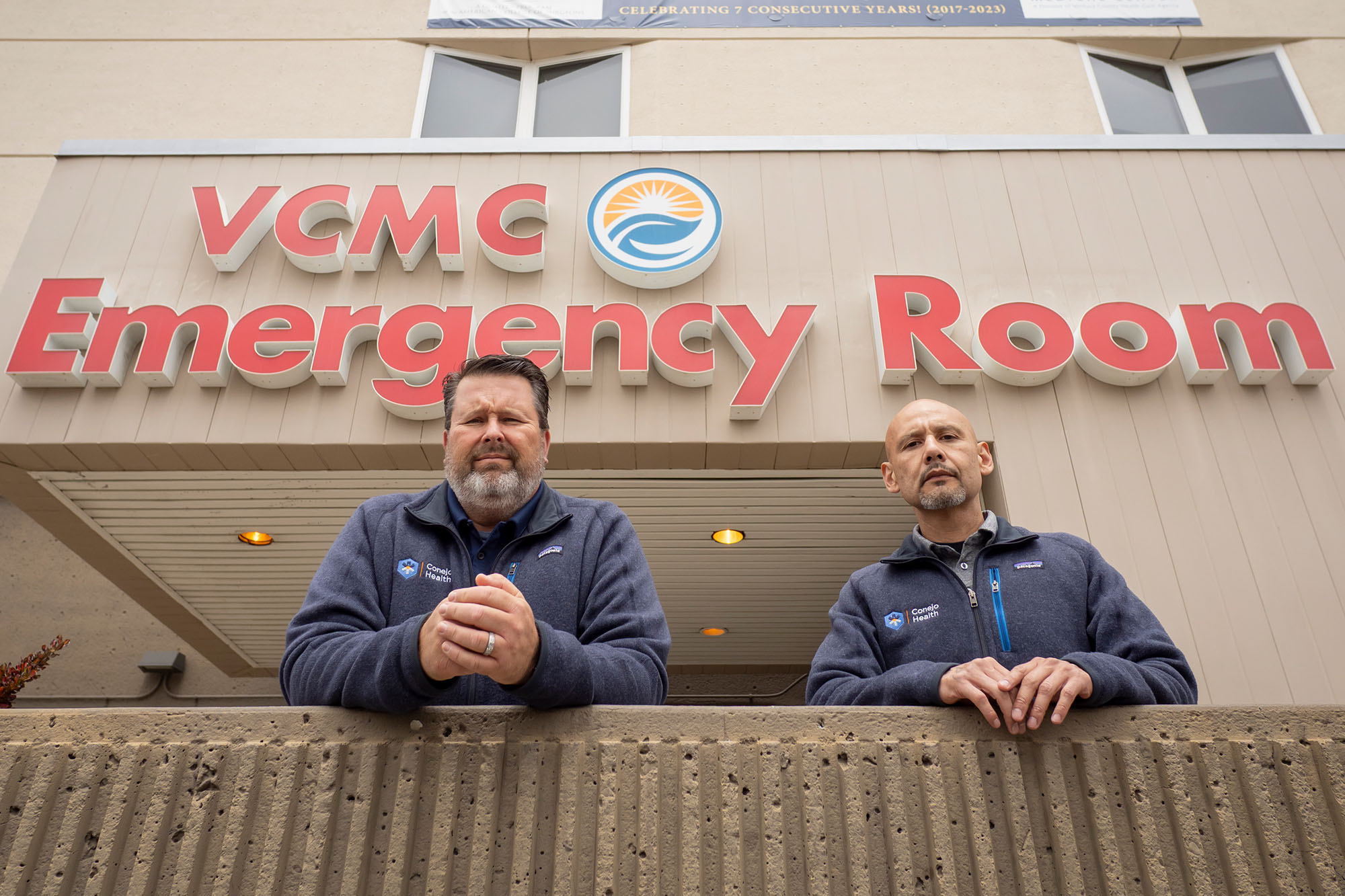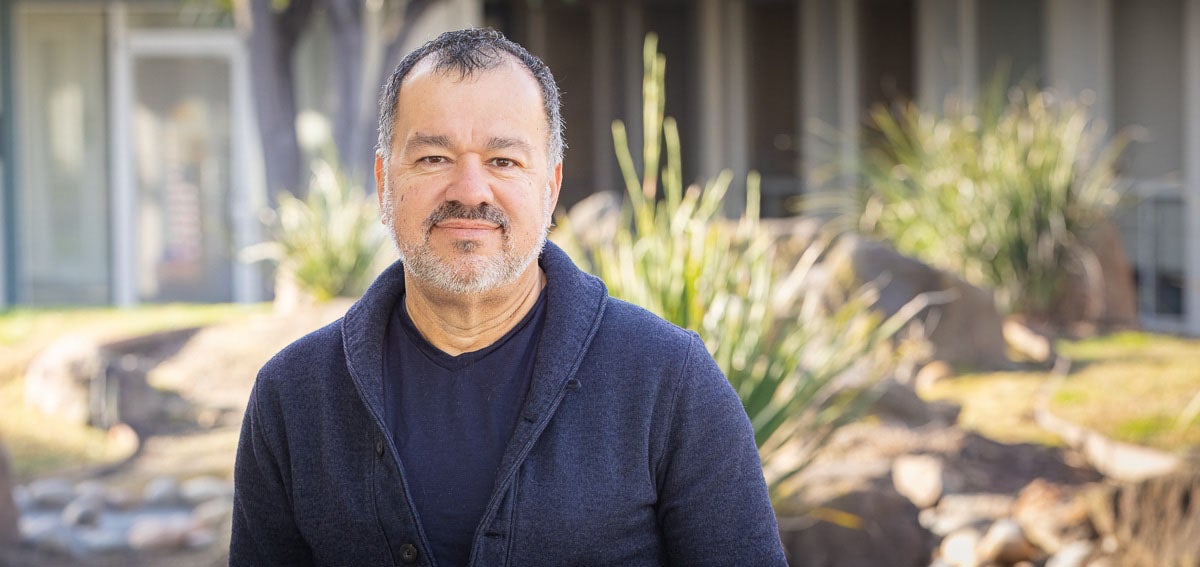View the Report
Jump to All Downloads & LinksMethadone is a gold-standard medication effective in reducing the risk of death for people with opioid use disorder. In the US, patients can only access methadone treatment through outpatient treatment programs, or OTPs (colloquially, “methadone clinics”). Before COVID-19, federal and state restrictions required patients to visit clinics daily to receive their methadone doses, ostensibly to guard against methadone overdose and misuse. Only people meeting strict criteria had access to methadone “take-home doses” or “take-homes.”
The history of many methadone treatment policies and regulations in the US is highly racialized. OTPs were deliberately placed in impoverished inner-city locations, and the dominant media narratives portrayed patients on methadone as criminal, heroin-using Black and Latino/x people. These narratives allowed federal agencies, including the Substance Abuse and Mental Health Services Administration (SAMHSA) and the Drug Enforcement Agency to create and regulate a methadone treatment system centered on surveillance and stigma.
When COVID-19 was declared a public health emergency in March 2020, over 400,000 Americans were receiving methadone for opioid use disorder treatment. Federal agencies took swift action to create sweeping, yet temporary, exemptions to methadone-prescribing policies so that patients could maintain uninterrupted access to care. Specifically, SAMHSA issued emergency regulations that vastly expanded eligibility for take-home dosing, enabling OTPs to:
- Prescribe take-homes of up to 14 days for “less stable” patients
- Prescribe take-homes of up to 28 days for “stable” patients
These emergency regulations made it newly possible for patients who may not have otherwise qualified for take-homes to receive them.
This report examines the state of methadone dispensing in the US, including the inequitable history of regulations and policy, and reviews the impact of less restrictive methadone-prescribing policies implemented due to the COVID-19 pandemic.
What opioid deaths might have been without expanded methadone take-home access is unknowable, though available data evaluating SAMHSA’s regulatory changes, including these study findings, indicate high acceptability among patients and providers, and few adverse events.
Authors & Contributors
Leslie Suen, MD, MAS
Leslie is a National Clinician Scholars Program fellow at the Philip R. Lee Institute of Health Policy Studies, School of Medicine, UCSF.
Oanh Nguyen, MD, MAS
Oanh is assistant professor, Division of Hospital Medicine, at the School of Medicine, UCSF.
Kelly Knight, PhD
Kelly is professor and vice chair, Department of Humanities and Social Sciences, at the School of Medicine, UCSF. UCSF is one of the nation’s leading academic medical centers, connecting world-class research, education, and patient care.





